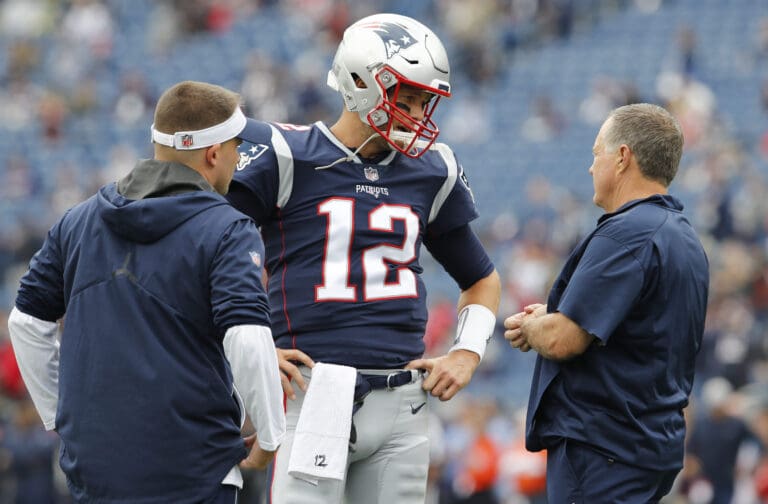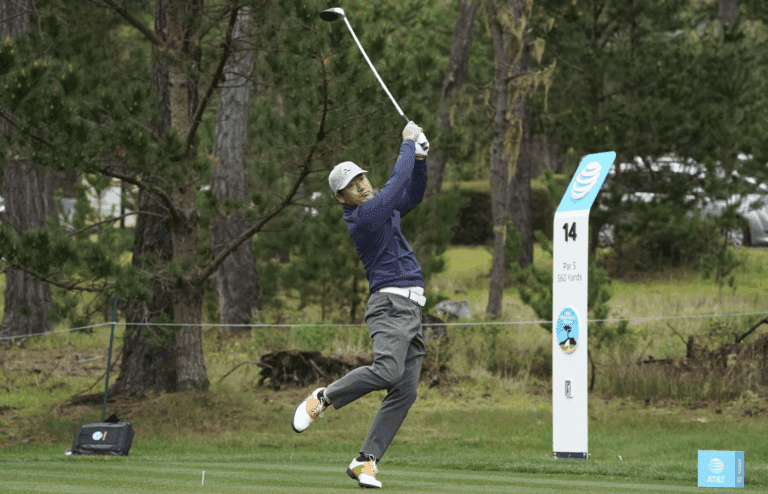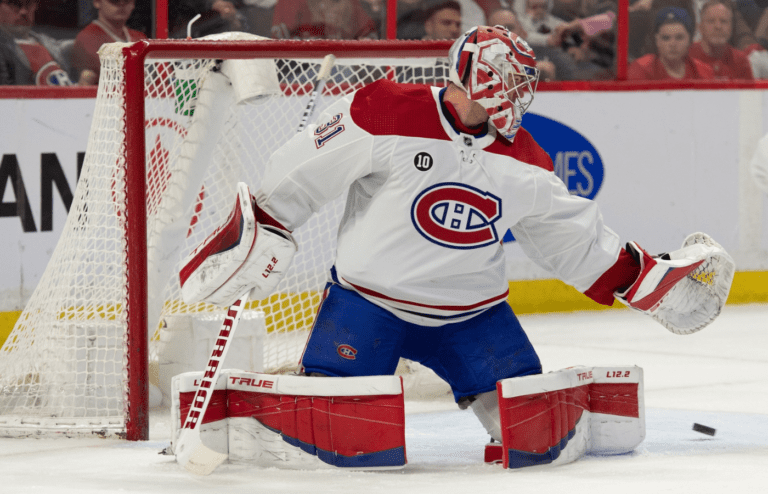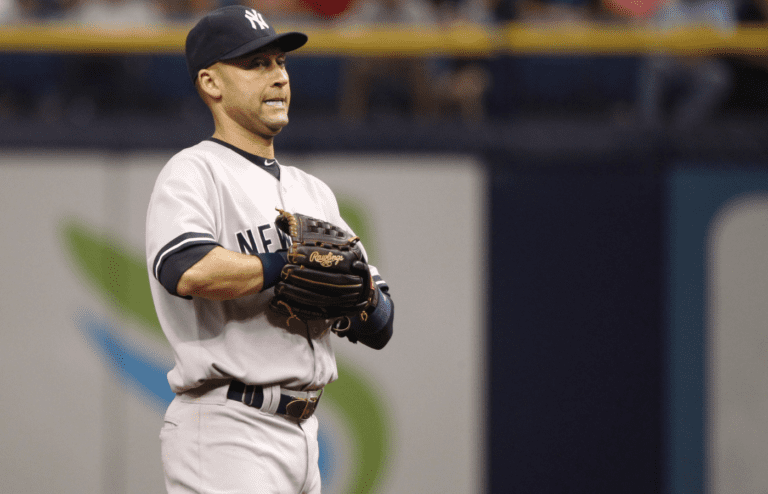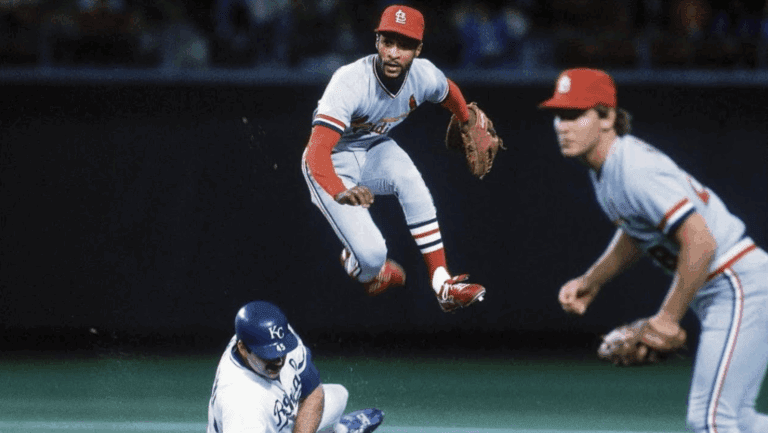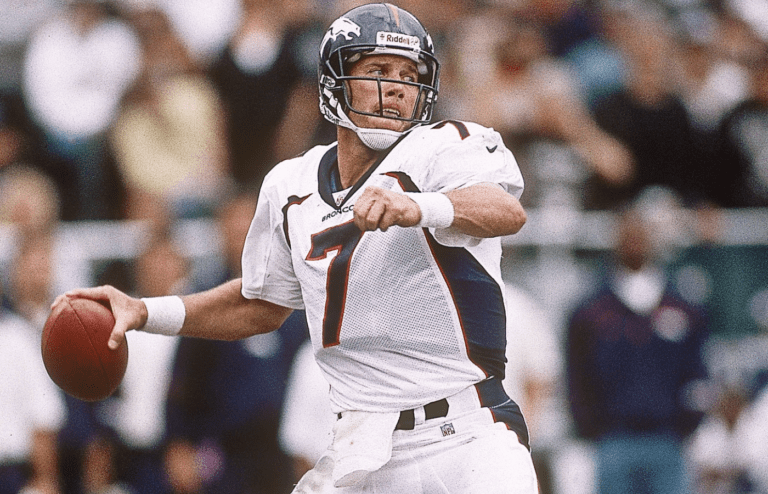The game of golf has evolved—fast. With advanced equipment, data-driven training, and ultra-fit athletes bombing drives over 350 yards, many past stars found themselves left behind.
Some of these legends were once untouchable, but when the game changed, they couldn’t quite change with it. Whether it was distance, technology, or just a new wave of fearless competitors, these players got caught in the rough trying to keep up.
16. Ian Woosnam
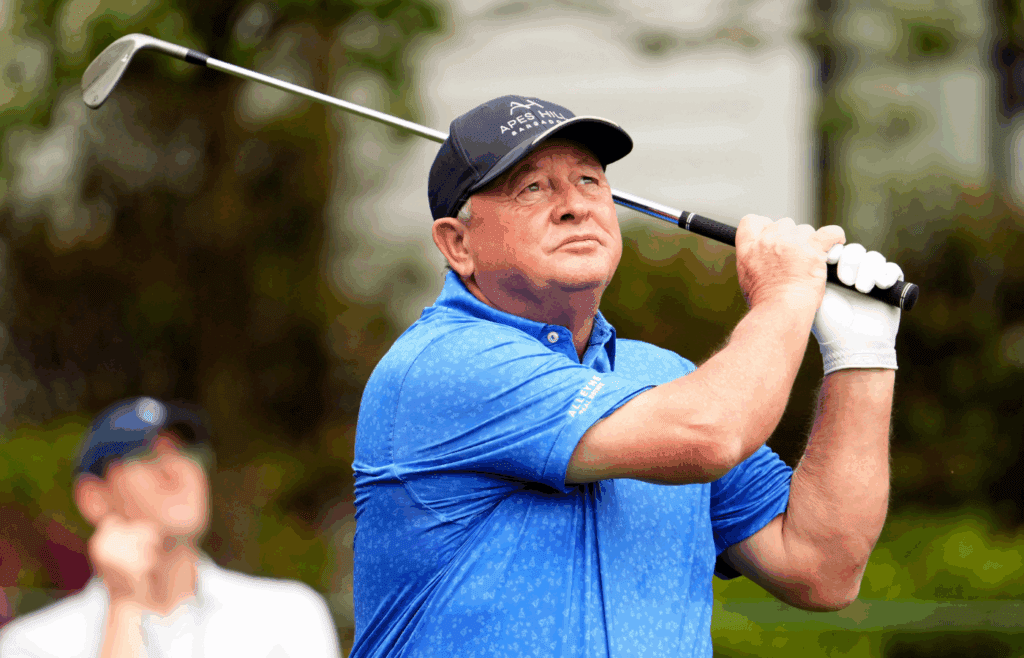
The 1991 Masters champ made a strong impression in his prime but never adjusted to the power era. The modern game moved forward, and Woosie stayed stuck in the past.
15. David Duval
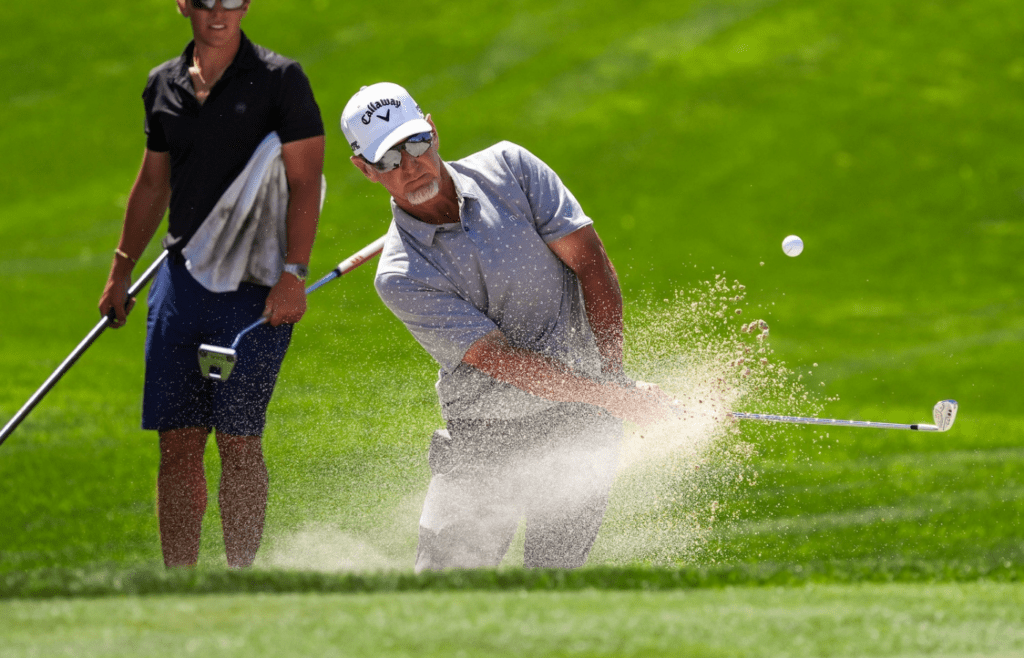
Duval once knocked Tiger off the top spot, but his game collapsed as the sport modernized. Equipment changes and increased athleticism left him scrambling.
14. Sandy Lyle
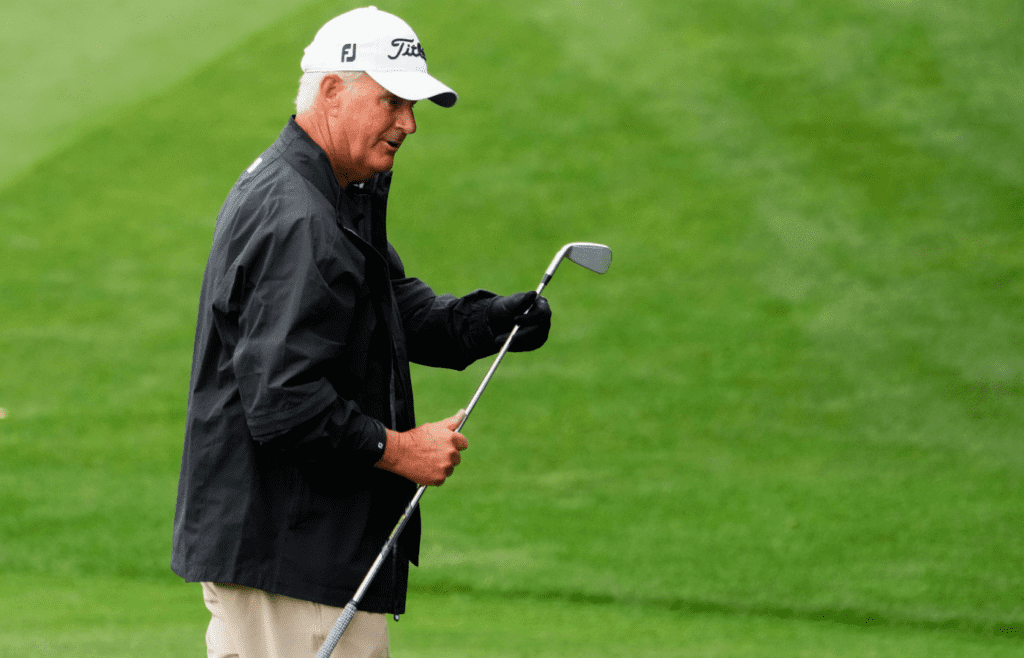
Lyle had his moment in the ’80s, but his game didn’t quite translate to the tech-driven tour of the 2000s. He seemed more comfortable with persimmon woods than launch monitors.
13. Corey Pavin
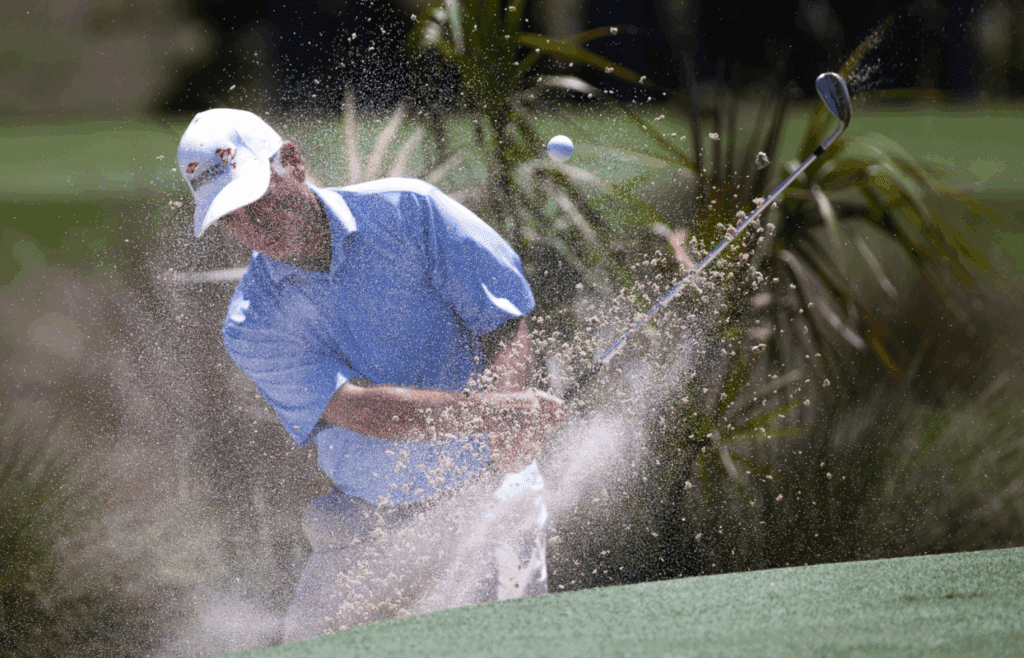
Accuracy was Pavin’s calling card, but in a world where everyone hits it 320, that skill didn’t carry as much weight. He just didn’t have the firepower to hang.
12. Mark Calcavecchia
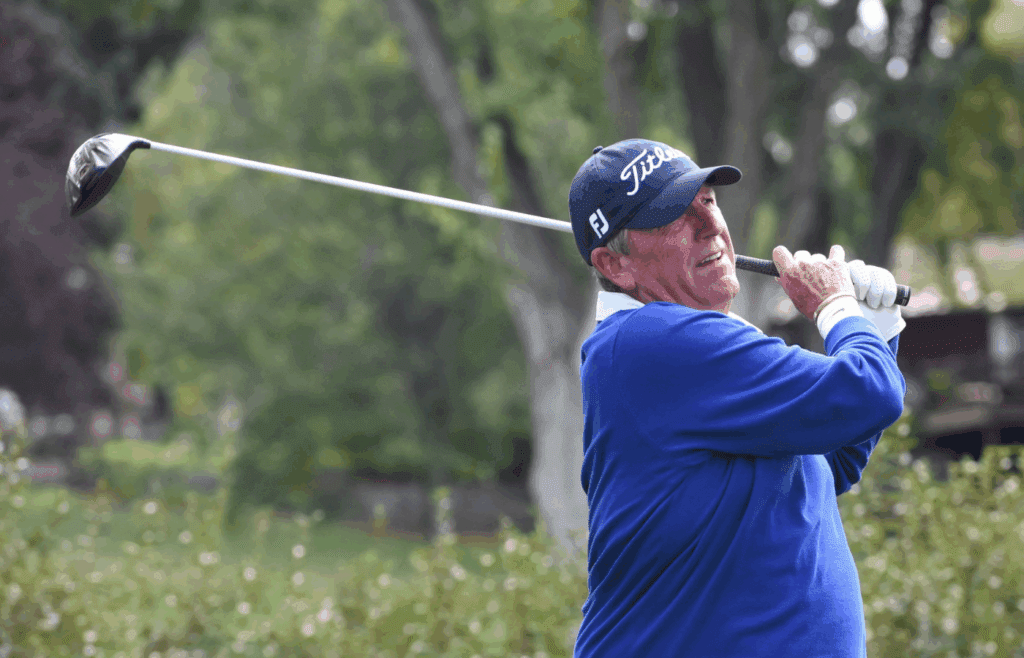
Calc’s creative shot-making thrived in his heyday, but the shift to science and speed left him in the dust. His old-school feel game didn’t age well.
11. Tom Lehman
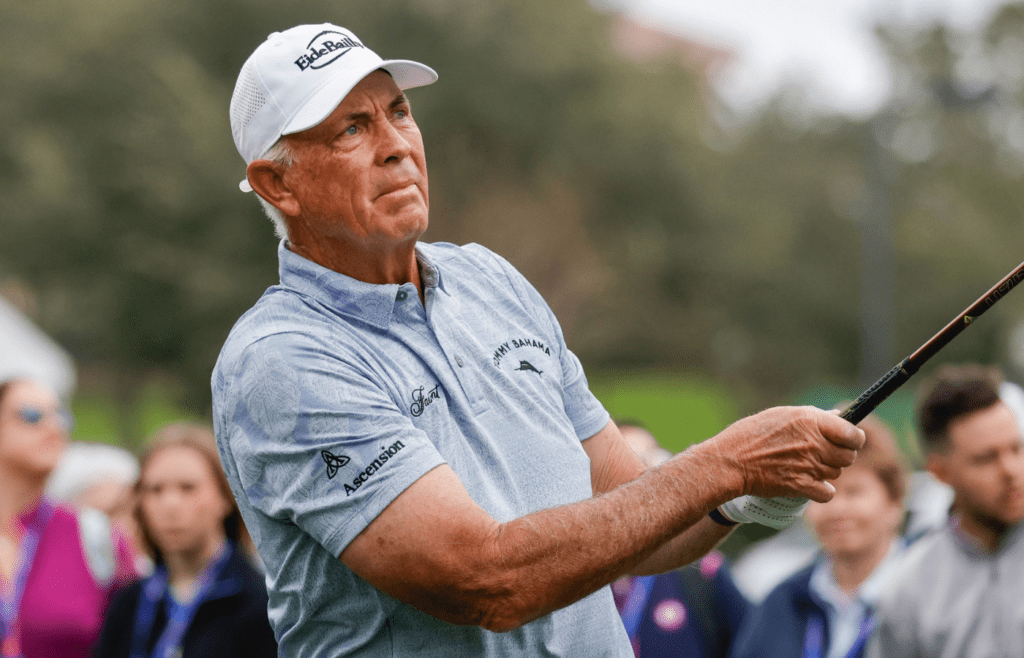
Lehman was steady and smart, but the modern game rewards flash and firepower. His methodical approach didn’t match the contemporary pace or length.
10. Hal Sutton
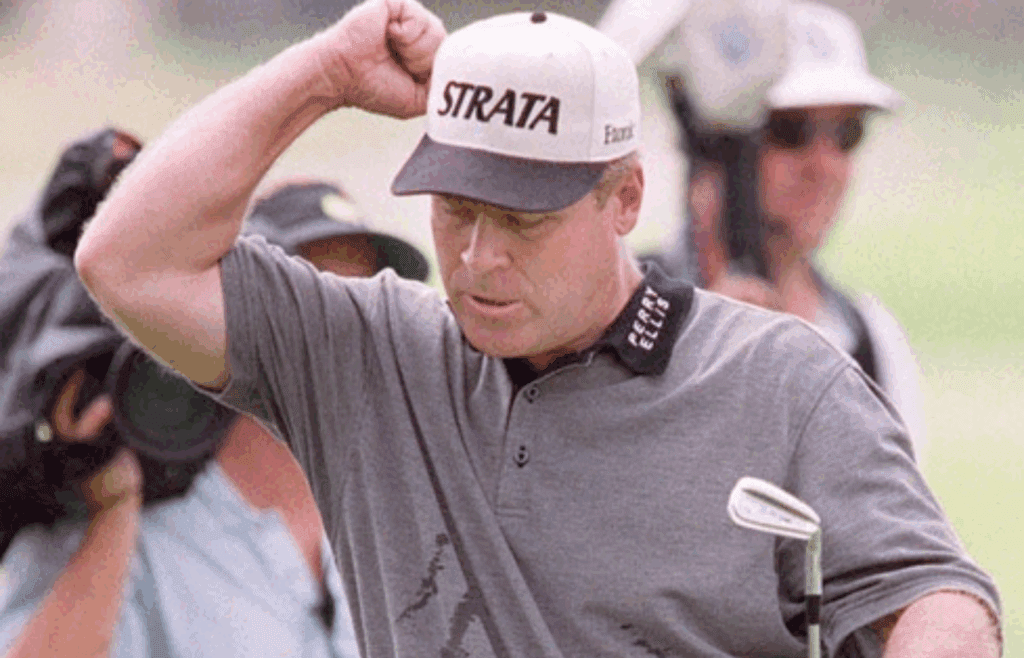
Sutton had a great run in the ’80s and ’90s, but he struggled with the game’s modern athleticism. The distance boom was not his friend.
9. Paul Azinger
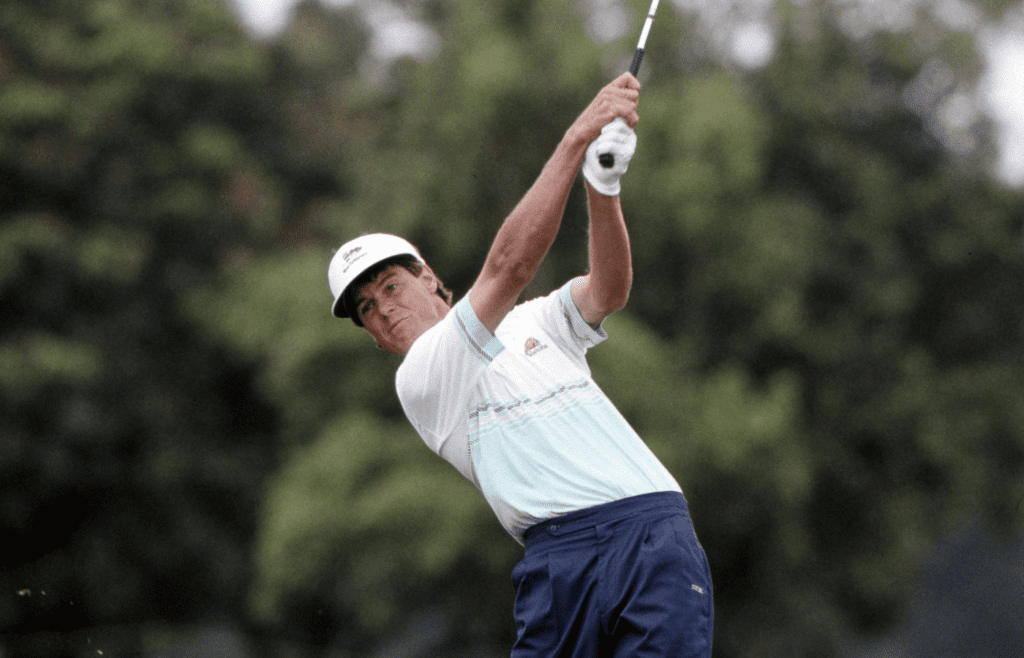
Zinger brought grit and smarts, but when the game turned into a power show, he couldn’t quite keep up. His competitive edge couldn’t bridge the distance gap.
8. Steve Elkington
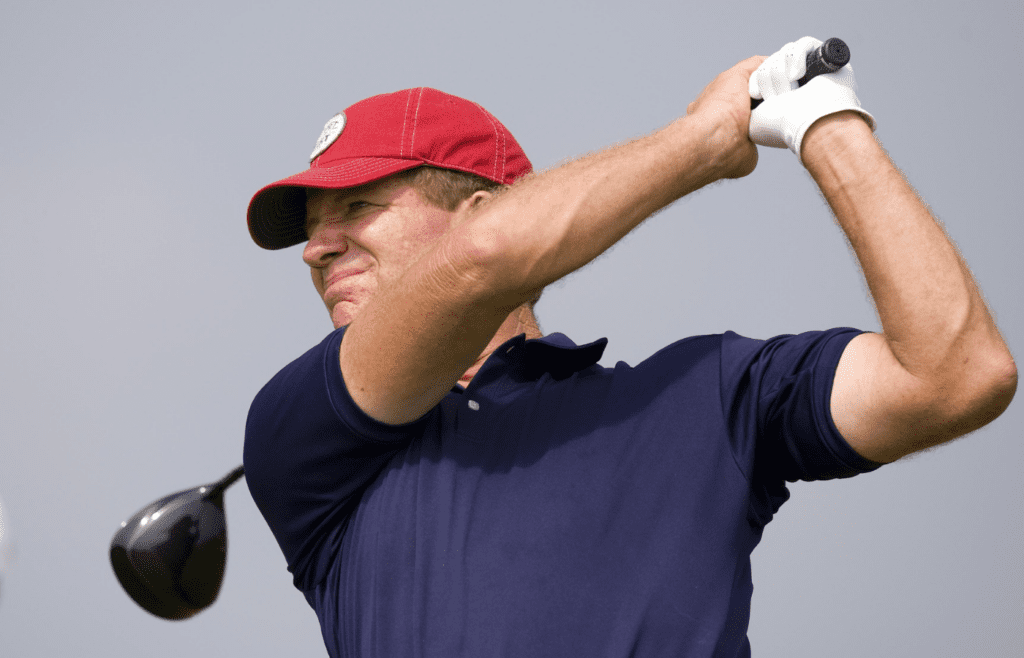
Elkington was pure with an iron in hand, but the modern game became more about driving than precision. He didn’t have the launch or length to stay in the mix.
7. Tom Kite
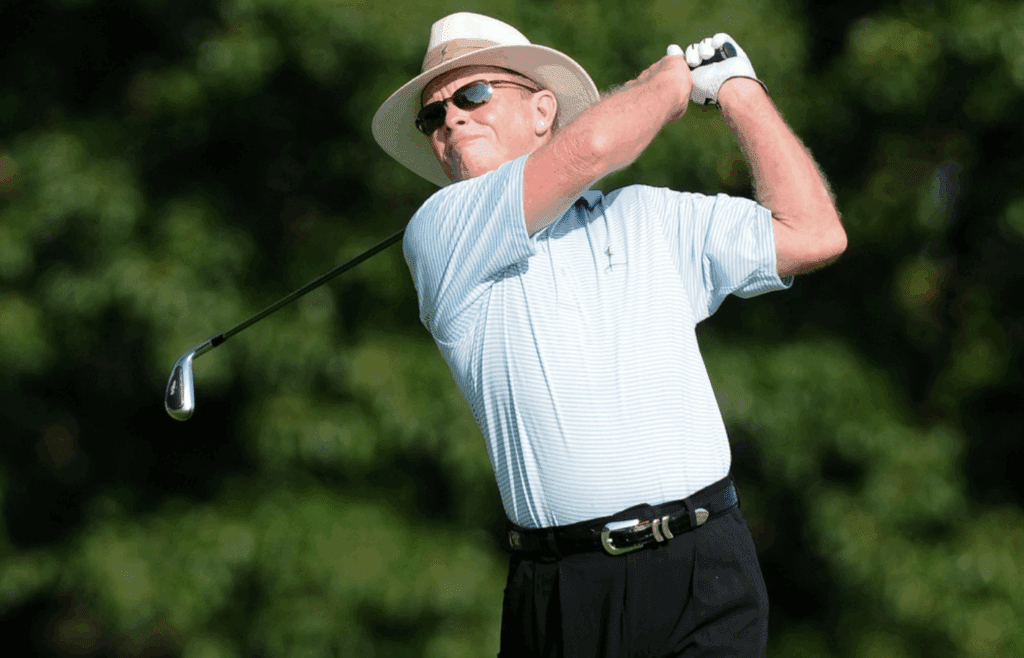
Kite was a grinder who mastered course management, but the rise of distance made those skills less central. His game got outpaced by power and athleticism.
6. Fred Funk
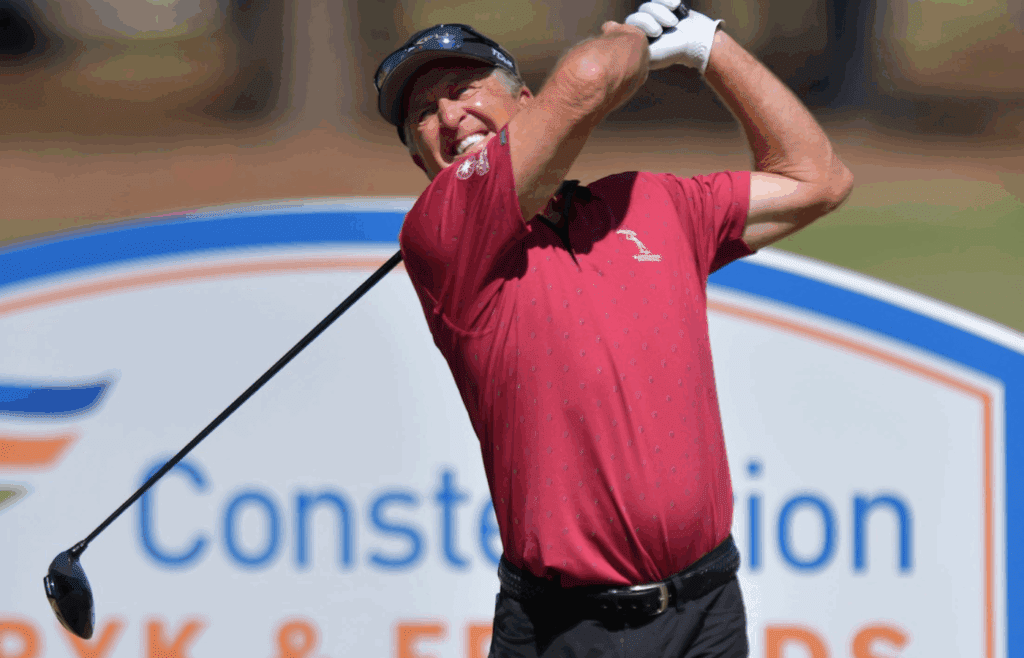
Funk was a short hitter even in his prime, and things only got tougher as the average drive climbed sky-high. Despite his tenacity, he was overmatched in the new era.
5. Lee Janzen
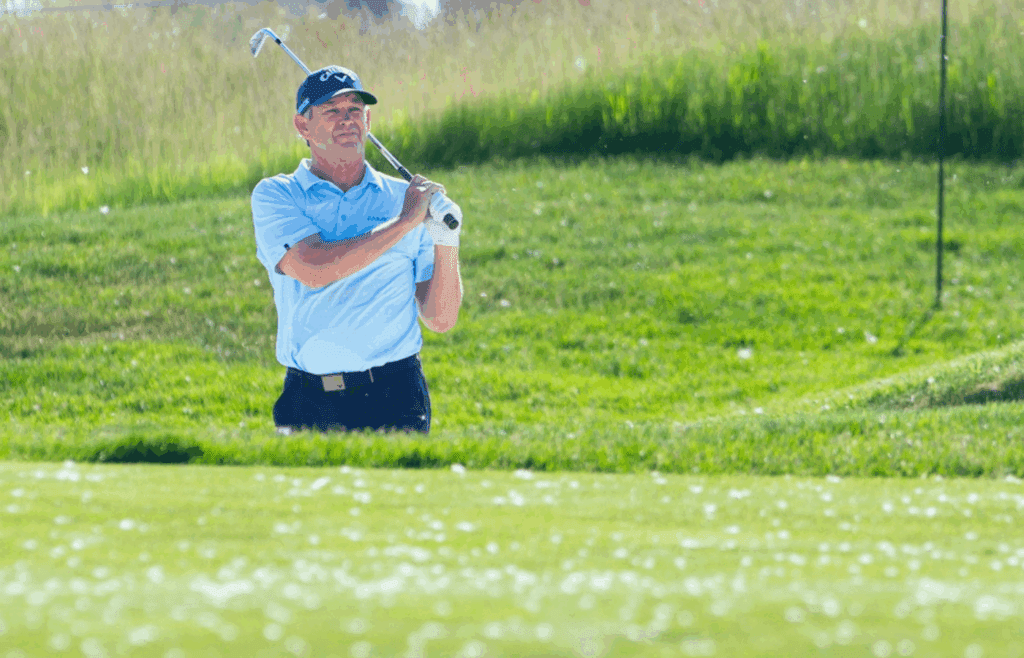
Janzen won two U.S. Opens with steady play, but the new crop of fearless bombers made his game look outdated. He couldn’t find the extra gear the modern game demanded.
4. Craig Stadler
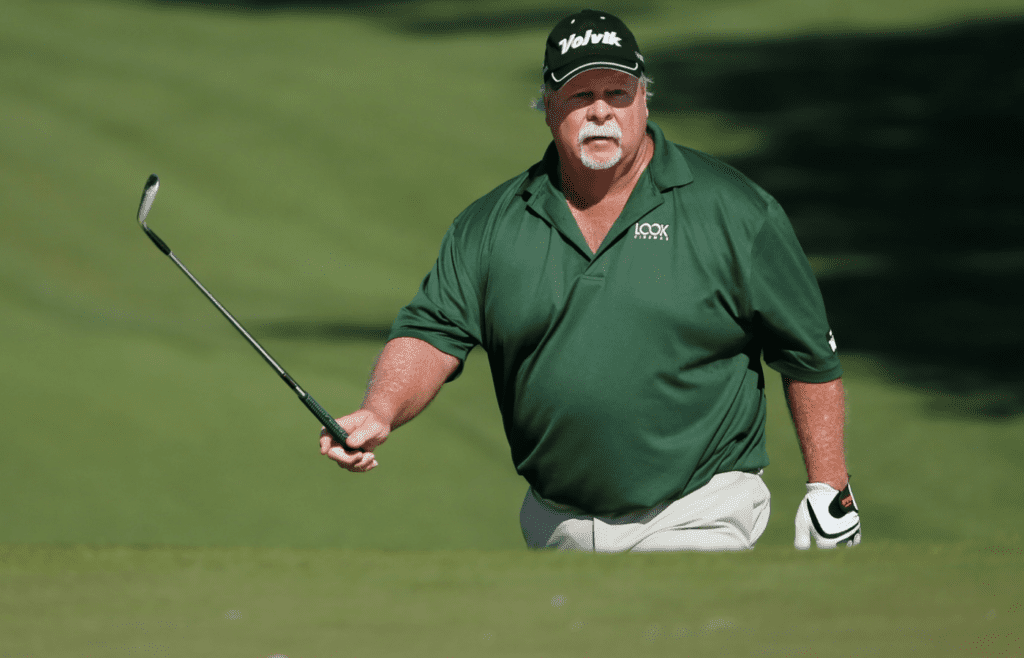
The Walrus was a fan favorite, but his physical style clashed with the fit, fast, and furious nature of today’s game. Golf passed him by as the sport leaned into athleticism.
3. Jeff Sluman

Sluman had solid fundamentals, but the game evolved into something that didn’t suit his compact skill set. He was a technician in a world full of powerhouses.
Read More: 15 MLB Players Who Fell Short Under Pressure
2. Ben Crenshaw
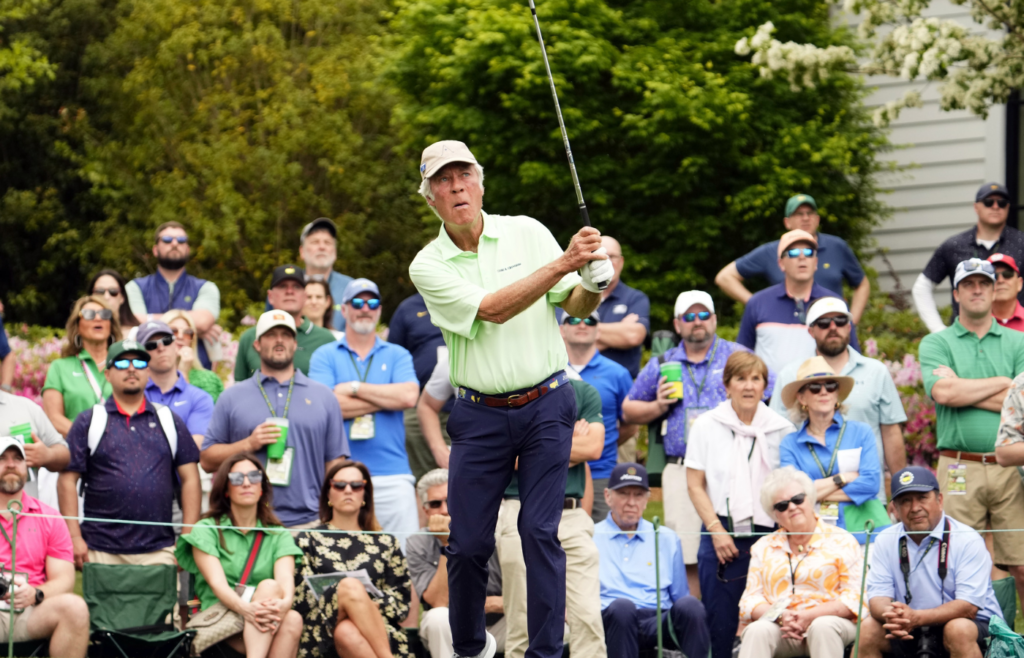
A wizard with the putter, Crenshaw thrived in a different era. As putting became less of a separator and distance took over, his magic faded.
Read More: 10 Retired Golfers Who Left the Game with Dignity and Grace
1. Nick Faldo

Faldo was dominant in his time, but the game’s modern pace, power, and personalities didn’t mesh with his precise, patient style. He pivoted to the broadcast booth while the next generation stormed the leaderboard.
Read More: 15 Golfers Who Would Have Thrived in Today’s Distance-Obsessed Era


